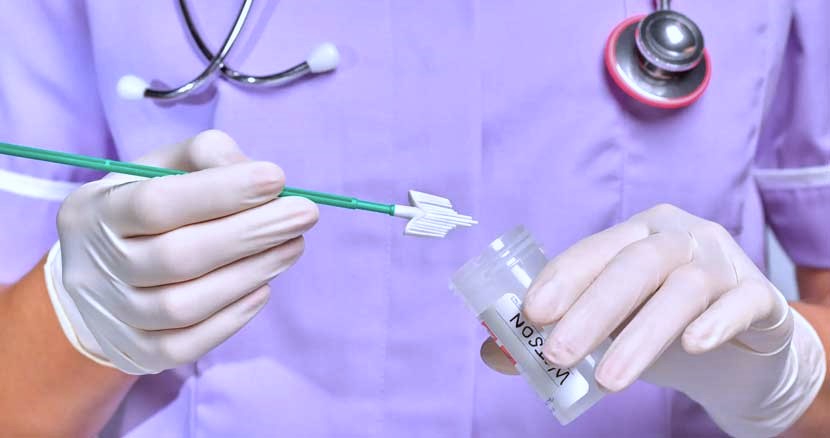Have you heard about the recent changes to the Ontario Cervical Screening Program (OCSP) recommendations? We thought it would be beneficial to briefly review these updates and inform our audience so you could inquire more from your primary care provider and plan your next test.
Age Recommendations
Screening for cervical cancer is recommended for all sexually active women between the ages of 25 and 69 years old. However, previously, if sexual activity began before the age of 25 years old, you might have still been eligible for enrollment in the screening program. This is no longer the case as research has provided minimal benefit to testing before the age of 25.
While immunization with the HPV-9 vaccine is generally advised, routine screening is recommended to all regardless of vaccination history and immunity status.
The screening ends at 69 if previous normal readings have been recorded. There have been no changes to this part of the OCSP recommendations.
Pap Test
Up until recently, Cervical cancer screening was done using the Papanicolaou test, commonly referred to as the Pap test. The sample was collected at the physician’s office by a healthcare professional and sent to the laboratory for microscopic evaluation (cytology) and identification of any abnormal changes, such as the presence of cancerous or precancerous cells. In the absence of abnormal results, the Pap test used to be repeated in intervals of 3 years. The Pap test is no longer used as the screening tool, effective in March 2025.
HPV Screening
The human papillomavirus (HPV) testing has replaced the Pap test as the initial screening method. This is based on evidence that HPV testing provides a more accurate and sensitive predictor of cervical cancer, allowing for earlier detection compared to the Pap test alone. The new test checks for several high-risk HPV types, which contribute significantly to pre-cancerous and cancerous changes in the cervix, followed by reflex cytology if HPV is detected, to assess any cell changes in the cervix.
The test is currently done in a healthcare professional’s office by a care provider. However, in some provinces (such as BC), self-collection kits are also available to complete the test at the convenience of your home. This is not yet the standard of practice in Ontario.
In case of normal results, this test shall be repeated once every 5 years.
Abnormal Readings
Further testing may be indicated in the presence of abnormal findings, depending on the exact results. You may be asked to repeat the test in a shorter interval (i.e. in one year) or be referred to a Gynaecologist for a Colposcopy evaluation and biopsy of the cervix.
It is best to ask your healthcare provider for the details of how to proceed in case of receiving abnormal results in the test.
Screening During Pregnancy
Pregnancy introduces unique considerations due to physiological changes in the cervix and the need to balance screening with maternal and fetal safety. Based on the OCSP guidelines, routine cervical cancer screening with HPV testing is not typically recommended during pregnancy unless specific risk factors or clinical indications are present. That means you can generally wait until a few months after delivery to proceed with your screening if no specific risk is of concern regarding cervical cancer (i.e. previous abnormal results)
While the procedure for collecting a cervical sample (using a speculum and swab or brush) is generally safe during pregnancy and does not pose a risk to the fetus, in the absence of specific risk factors, OCSP advises against any invasive or semi-invasive interventions to minimize any possible harm to the pregnancy.
It is recommended to contact your healthcare provider to ask for individualized advise regarding how to proceed with routine screening during pregnancy, based on your personal history, current symptoms, and previous results.
Conclusion
In conclusion, the recent updates to the Ontario Cervical Screening Program, effective March 2025, highlight a change in the method as well as the intervals of testing. Adopting HPV testing over the Pap test offers greater accuracy and longer screening intervals of 5 years for normal results.
While the practice of obtaining the sample at a clinic by a healthcare professional still remains the same in Ontario, we might see a shift towards self-collecting samples with more data emerging if adequate accuracy of these methods is reported.
By staying informed about these guidelines and consulting with healthcare providers, you can better navigate your screening journey tailored to your unique circumstances, enabling you to stay on top of your health and wellbeing.
We would love to hear about your experience with the updated recommendations. Are you updated with your routine screenings? Have you had the new HPV screening test done? Have you noticed any changes? You can write to us in the comments section, as well as write to us via social media or email.




